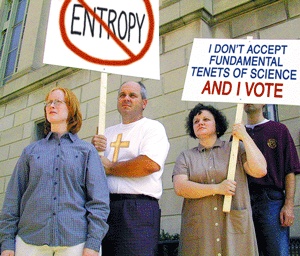Inflation Readings
-Eternal Inflation and the Initial Singularity, A. Borde and A. Vilenkin PrL 72, 3305, 1994
Even eternal inflation must have had an initial singularity, but it might have been infinitely far into the past. Another kind of physics here; the study of "singularity theorems" and the most rigorous special relativity I've seen before. Some confusing definitions which seem to conflict. ie defining E by E= J-I but then "it can be shown that J=I". But E is a subset of I. The rest of the paper talks mostly in terms of I and E after that. Argh
Need to read "The Large Scale structure of Space-Time" by Hawking and Ellis. This is where this silliness comes from
-Is Inflation Natural, L. Jensen and J.A. Stein-Shabes PrD 35, 1146, 1987
The origin of Eternal Inflation? Maybe, it shows that for a large number of space-times, if Lambda is greater than zero inflation will occur. Add to this the measured fact that L is in fact positive (within a few z) does this imply inflation must be happening now? Here? I didnt really see anything in the proof that allowed the effect to be non-local. It was based on some manipulation of Einsteins equation. Which are differential, local and dont generally solve for steady state cosmologically (as stated in this paper).
Labels: Entropy, Readings, Time's Arrow



